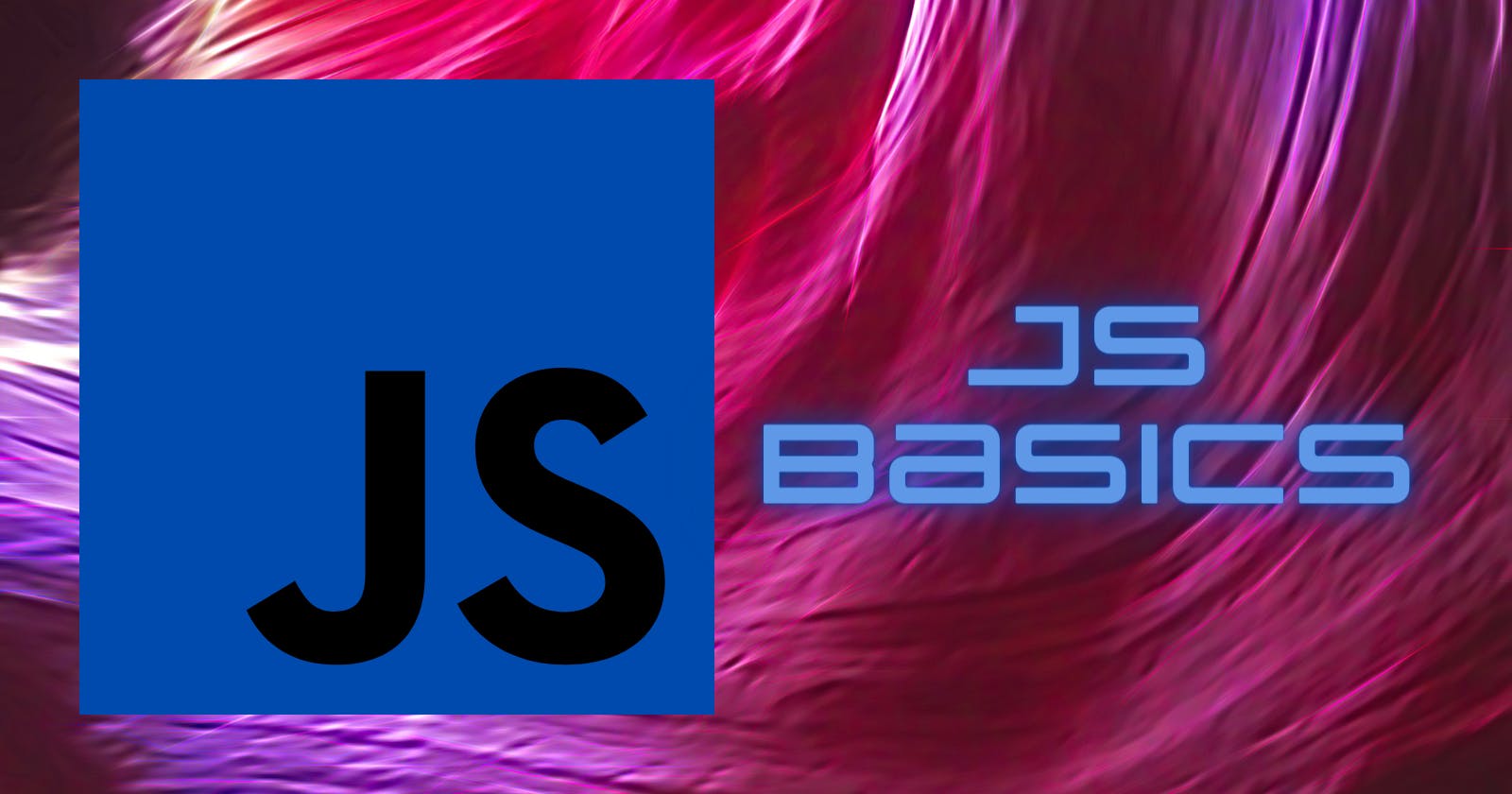Functions
A function instructs a machine to perform a specific action. Functions can accept arguments to supply the computer with more data.
EXAMPLE
drawBox(blue);
Arguments
An argument is additional data that instructs a function on how to operate. A function call encloses arguments in parentheses.
EXAMPLE
drawBox(red);
print('hello');
Strings
The term strings refers to letters, words, and sentences. To begin and end strings, use quotation marks.
EXAMPLE
drawBoxes('royg');
Variables
In one of my posts, I talked about variables. You can use a variable to make several references to the same piece of data.
EXAMPLE
var myExample = 'a variable';
print(myExample);
Arrays
A list of things makes up an array. Arrays can hold various forms of data (numbers, strings, and even arrays). Array nesting is the act of putting one array inside another. The symbol for it is [].
EXAMPLE
var array = ['blue', 'orange', 5, 10, [50, 10]];
Array indexing starts at 0.
If statements
When a test returns true, a if statement enables you to execute a particular block of code.
EXAMPLE
var number = 5;
if (number === 5) {
drawBox(blue);
}
If...else statements
An if...else expression performs a test. If block =true, then block= false.
EXAMPLE
var number = pickRandom(10)
if (number ===7) {
print ('It is 7!');
} else {
print ('It is not 7!');
}
Objects
An object stores multiple values that have property names. This makes it easy to access later in the code.
EXAMPLE
let info = {
name : Sam
age : 15
class : 8
};
Summary
Here are the topics you may want to learn as a beginner:
- Functions
- Arguments
- Strings
- Variables
- Arrays
IfstatementsIf...elsestatements- Objects
There are more topics in JavaScript, but as a beginner, these are the major topics that you can learn.
